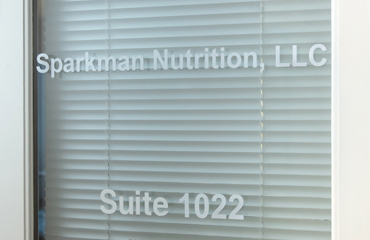This is Part 2 of a two part post:
FODMAPS = Fermentable oligosaccharides, disaccharides, monosaccharides, and polyols
- Fermentable: bacteria in our gut can easily break it down
- Oligosaccharides: short-chain carbs found in wheat and barley
- Disaccharides: 2 sugars linked together, an example would be lactose, which is found in dairy
- Monosaccharides: 1 sugar molecule, an example would be fructose, which is found naturally in fruits
- Polyols: sugar alcohols, found naturally in some fruits but also added to sugar-free gum and candy
Our gut is home to over 100 trillion bacteria and they need to eat as well! With such an alarming population, it’s good to know that these critters are necessary to keep us healthy. But whenever we’re feeling gassy, these guys are usually to blame. They break down fermentable fiber (FODMAPs) and the resulting product is gas. An over-production of gas can cause bloating and an overall uncomfortable feeling. For people with Irritable Bowel Syndrome (IBS), this feeling can be debilitating. To combat this condition, the low-FODMAPs diet was introduced.
Low-FODMAP foods high in soluble fiber:
- Banana (1 medium)
- Broccoli (1/2 cup)
- Brussels sprouts (1/2 cup)
- Chickpeas, soaked, rinsed, and drained (1/4 cup)
- Eggplant (1/2 cup)
- Ground flaxseeds (1 tablespoon)
- Lentils (1/2 cup)
- Oatmeal (1/2 cup)
- Okra (1/2 cup)
- Orange (1 medium)
- Passion fruit (1/2 cup)
- Potato (1 small)
- Psyllium (1 tablespoon)
- Sunflower seeds (1/4 cup)
- Sweet potato (1/2 cup)
- Firm tofu (3/4 cup)
- Mashed turnips (1/2 cup)
One key to adding fiber into a low-FODMAPs diet is controlling portion sizes. Smaller portions of trigger foods may not elicit symptoms.



